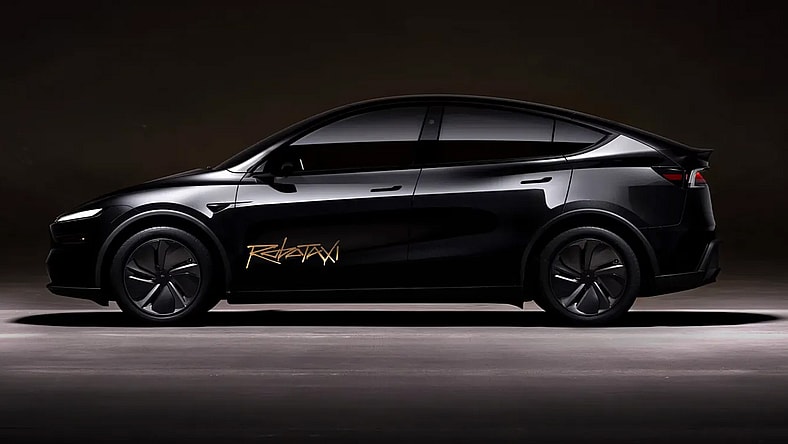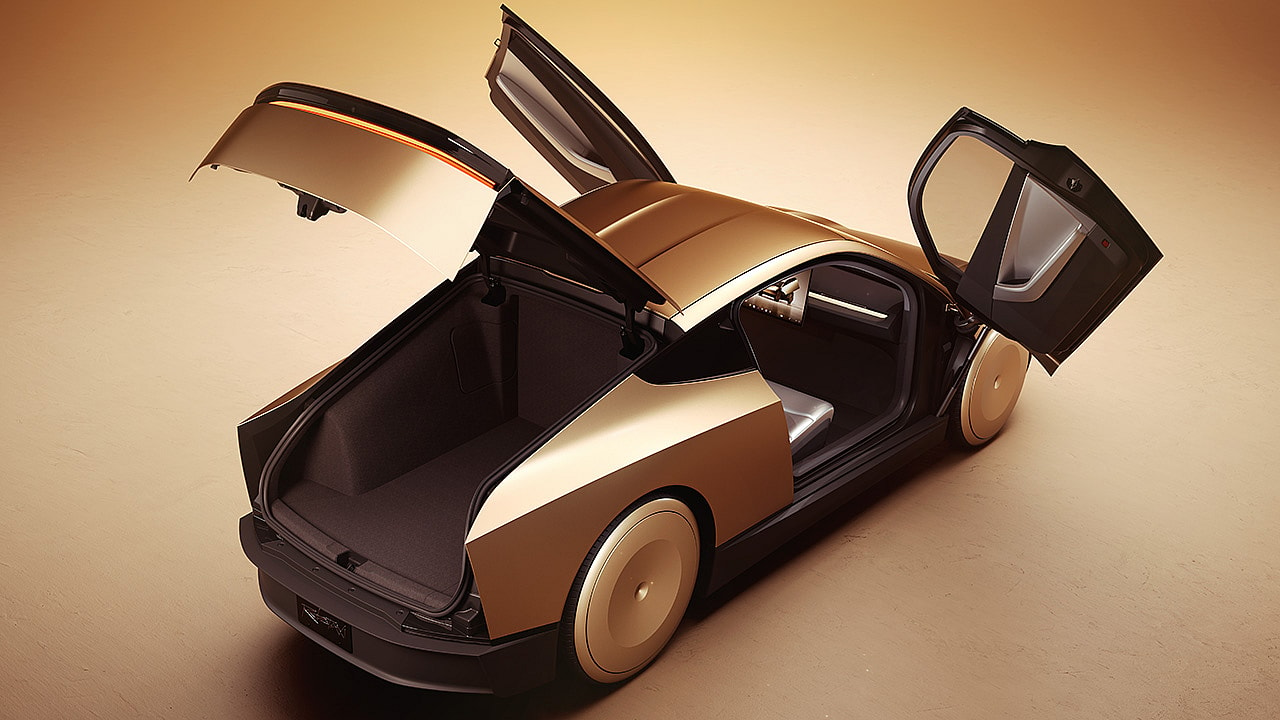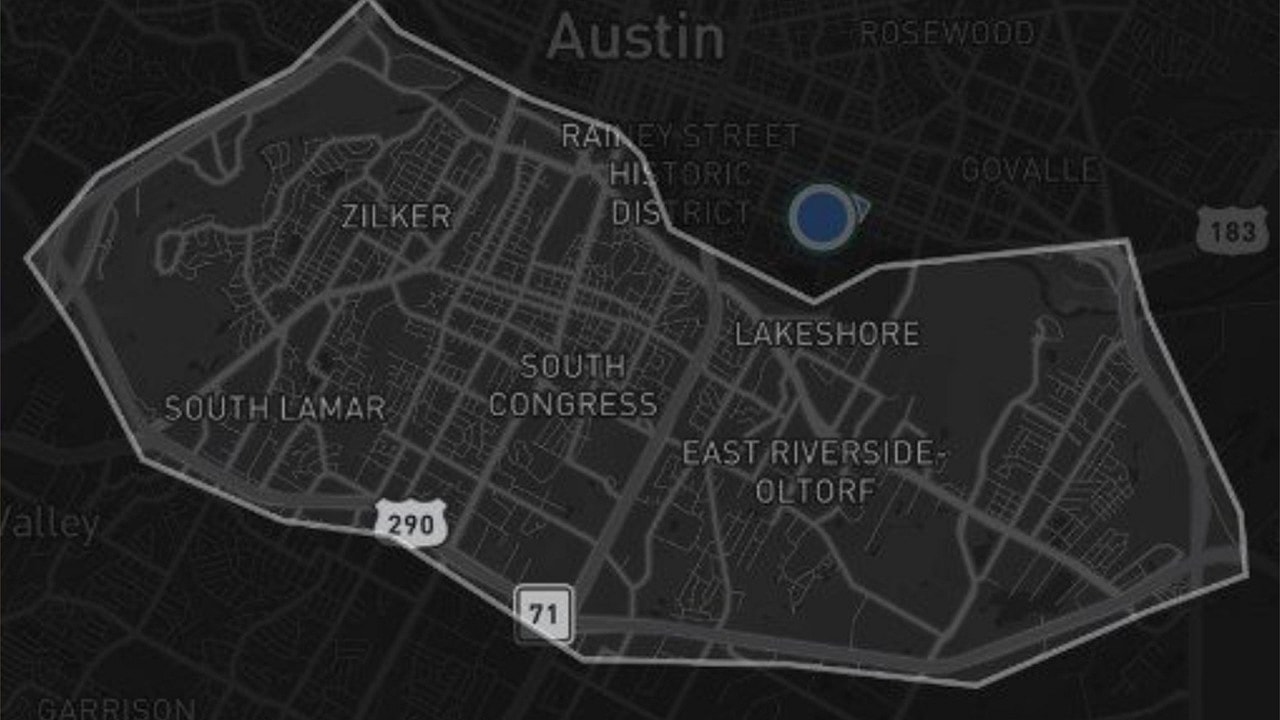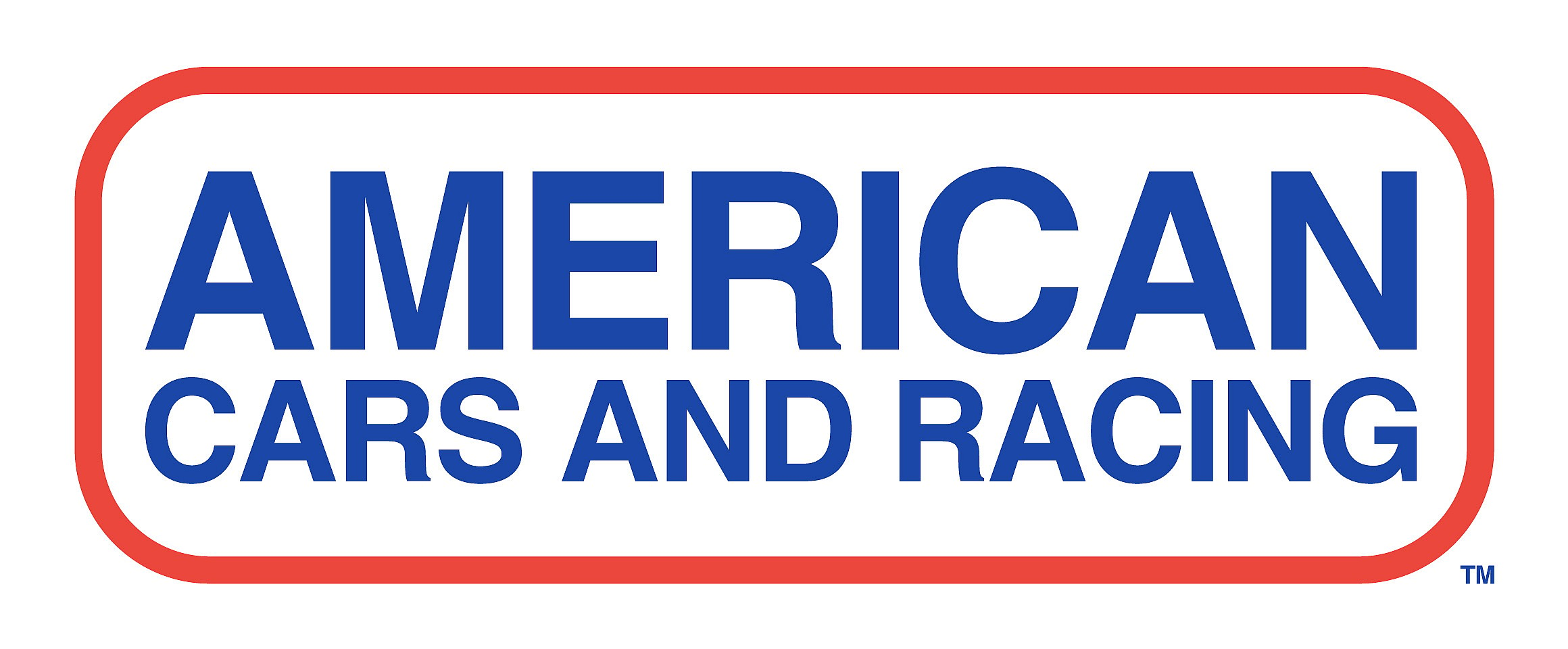Tesla Robotaxi Launched In Austin — Here’s How To Track Its Safety

Tesla officially launched a pilot test of its Robotaxi service in Austin, Texas, on Sunday, June 22.
About a dozen Tesla Model Ys, identifiable from the outside only by Robotaxi decals, are now operating within a small area of the city around the South Congress neighborhood.
The pilot is only opened to invited users for now. Tesla opened it up to a small group of EV influencers, company investors and equity research analysts on the first day to show it off, with rides currently priced at $4.20 each.
According to Tesla, the cars are using the same Full Self-Driving system that is available in all of its products, but unlocked so that it doesn’t require a driver to supervise it and keep their hands on the wheel. The cars currently have a Tesla staff member riding in the front passenger seat to monitor the rides, but they do not have a steering wheel or pedals with which to control the vehicle.
SUBSCRIBE TO THE FREE AMERICAN CARS AND RACING NEWSLETTER FOR MORE LIKE THIS
Videos of the ride-hailing experience posted by the first testers on social media were largely positive and no incidents have been reported yet, but there will soon be a way to keep track of them even if you aren’t a part of the program.

Tesla isn’t the first autonomous vehicle company to operate in Austin. Waymo, Zoox and several others are already there. The city has set up a website that monitors incidents reported to law enforcement, government agencies and through the local 311 service.
Read Also: TESLA MODEL 3 NAMED MOST ‘AMERICAN-MADE’ VEHICLE — HERE’S THE TOP 10
It includes collisions, near misses, blocking traffic and ignoring police officers along with general nuisance and safety concerns. The system isn’t updated in real time, but there were no reports at the time this story was published.

Tesla hasn’t announced a firm timeline for when the service will expand in scope or be open to the general public, but it plans to add its purpose-built Cybercab to the fleet later this year.
The ultimate goal is to allow private owners of Tesla vehicles equipped with the required hardware and software to be able to add their vehicles to the service whenever they don’t need them for their own use.
UPDATE: Several videos have surfaced of Robotaxis not obeying speed limits and traffic signs and driving in incorrect lanes. The National Highway Traffic Safety Administration told Bloomberg that it is aware of the incidents and has reached out to Tesla for additional information.
